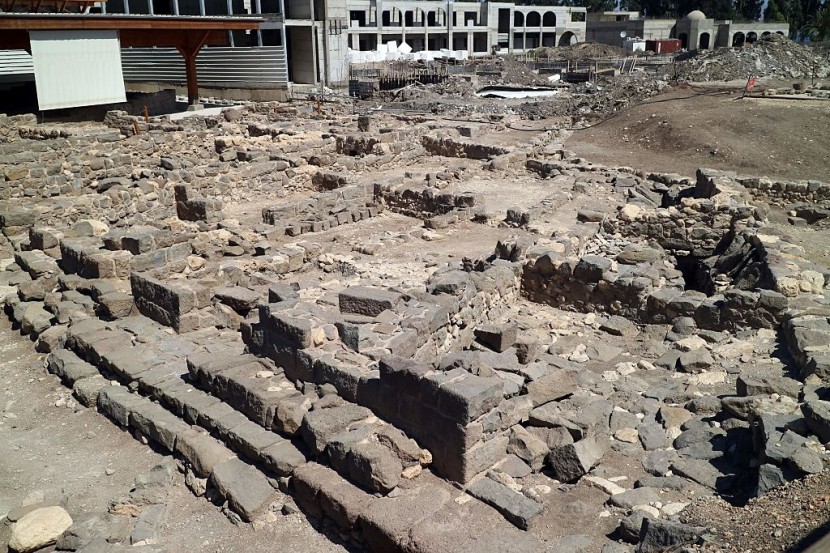
Finding the 2000-year-old synagogue discovered in Magdala is a landmark where Jesus of Nazareth could have held worship with his followers.
The ruins of Magdala or Migdal are where Mary Magdalene lived during the first murmurings of Christianity. Mary and the synagogue thrived in this era, but sources have been lost, and finding more artifacts could shed light for archaeologists.
Ruins of Magdala discovered
According to Express UK, the synagogue was lost to history but recently found archaic ruins on the shores of the Galilean Sea, existing in the Biblical epoch on the north side of Israel.
The Israel Antiquities Authority (IAA) relates that Magdala used to house the Roman-Jewish historian and military leader Flavius Josephus, who opposed Rome. It served as his base when the Jew-Roman War of 66 CE raged.
This ancient middle-class Jewish settlement is famous as the New Testament's purported place where Mary Magdalene was born. Later Christian gospels say she was the one who witnessed Jesus die on the cross and rise from death, like Lazarus.
According to a passage in Mark 15 that recounted the crucifixion of Christ, women were mentioned as witnesses, that recalled Mary Magdalene, Salome, and another Mary, noted the Smithsonian Magazine.
Although not mentioned directly, the name Magdalene is a compound of Mary from Magdala. A team from Haifa university found the synagogue and the second structure discovered in the village.
Scientists had traced the discovery to date from the Second Temple Era, around 516 BCE to 70 AD. In this period, the building stood as Jerusalem's Second Temple when it loomed over the ancient city, the 2000-year-old synagogue discovered in Magdala.
Read Also : Divers Discover Sunk Warship With Treasures of the Amber Room Looted by Nazis in World War 2
In 70 A.D., it was razed by the Romans that obliterated it during the Revolt of Jews against Rome and is where the Al-Aqsa Compound was.
Synagogue highlights Christianity in the period
The head of the Magdala excavation is Professor Adi Erlich from the Zinman Institute of Archaeology the Haifa University, with Ms. Dina Avshalom-Gorni being part of the IAA before, cited the Daily Mail.
Finding the second temple highlights how worship in the time of Mary was and Israelites religiosity in the Sea of Galilee.
Inhabitants of Migdala seem to have a need to satisfy their needs in specific worship that was reflected by the second temple. Here devotions to Jewish scripture and Torah recitations, where many can socialize and gather.
In 2009, the IAA who spearheaded the project dug up the first Magdala synagogue. The researchers were able to identity ritual baths called Mikvas, streets, markets, and pre-industrial structures that highlight life in that era.
One of the highlights stated the IAA is a rare artifact in the middle part of the Jewish Temple. The large stone had the second Jerusalem Temple, with a menorah etched on the block's single side.
This find is important because it was etched when the temple was still existing before the sack of Rome. Its second temple would lie about 660-feet from the first temple.
The head scientist says that finding two synagogues shows the second structure was reserved for religious needs and social instances.
The carved stone found in the 2000-year-old synagogue discovered in Magdala connects to Jerusalem and its outlying communities existing then.
Related Article: Remnants from the Great Synagogue of Vilna Survives World War 2, Nazis and Soviet War; Here's What They Found
© 2026 HNGN, All rights reserved. Do not reproduce without permission.








